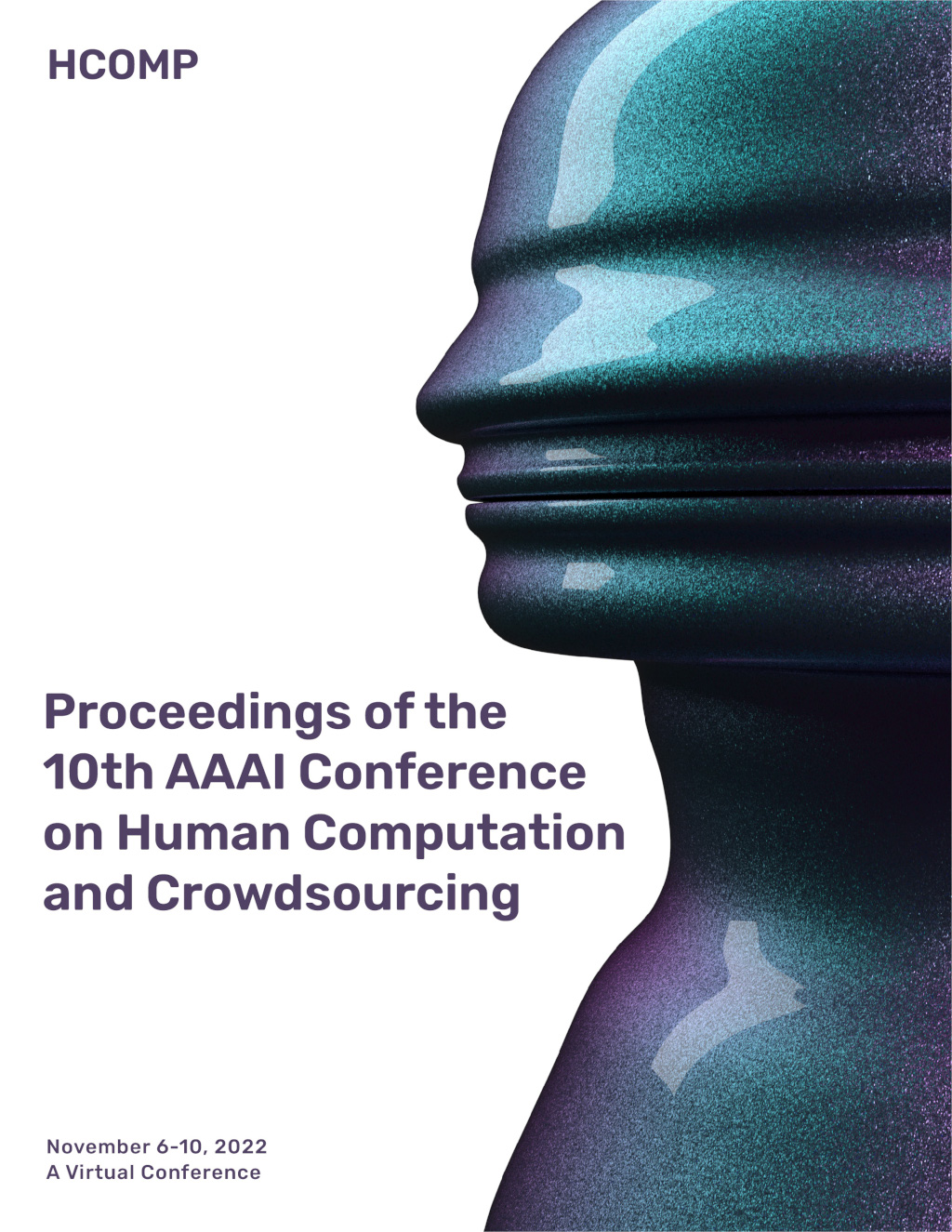Crowdsourcing Perceptions of Gerrymandering
DOI:
https://doi.org/10.1609/hcomp.v10i1.21993Keywords:
Gerrymandering, Crowdsource, DatasetAbstract
Gerrymandering is the manipulation of redistricting to influence the results of a set of elections for local representatives. Gerrymandering has the potential to drastically swing power in legislative bodies even with no change in a population’s political views. Identifying gerrymandering and measuring fairness using metrics of proposed district plans is a topic of current research, but there is less work on how such plans will be perceived by voters. Gathering data on such perceptions presents several challenges such as the ambiguous definitions of ‘fair’ and the complexity of real world geography and district plans. We present a dataset collected from an online crowdsourcing platform on a survey asking respondents to mark which of two maps of equal population distribution but different districts appear more ‘fair’ and the reasoning for their decision. We performed preliminary analysis on this data and identified which of several commonly suggested metrics are most predictive of the responses. We found that the maximum perimeter of any district was the most predictive metric, especially with participants who reported that they made their decision based on the shape of the districts.Downloads
Published
2022-10-14
How to Cite
Kelly, B., Kang, I., & Xia, L. (2022). Crowdsourcing Perceptions of Gerrymandering. Proceedings of the AAAI Conference on Human Computation and Crowdsourcing, 10(1), 124-132. https://doi.org/10.1609/hcomp.v10i1.21993
Issue
Section
Full Archival Papers

